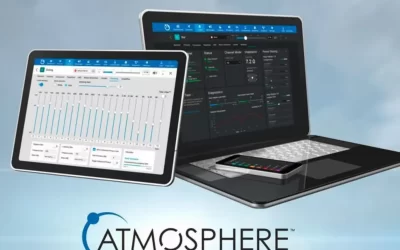With today’s networks growing larger and larger, and the internet of things including ever more things, space in the cable pathways is getting slimmer.
The move from a Cat 6 to Cat 6A, and the introduction of a larger diameter that typically comes with it, is currently the culprit.
Unfortunately, sticking with Cat 6 or less isn’t a long-term solution due to increased user demands on the network, including increased PoE demands. (And there will be more PoE constraints in the future.) From IP cameras to VoIP phones to lighting/sensors and beyond, the way we power devices is changing.
CommScope’s new small diameter cables are designed to provide all the speed you’ll need with the necessary PoE capability but at a diameter that’s closer to Cat 6, and with negligible insertion loss. Hooray for the return of a smaller diameter option.
If you’re in a tight space, check out CommScope’s new Cat 6A SD Series cables: CS44PSD and 2091DB.





